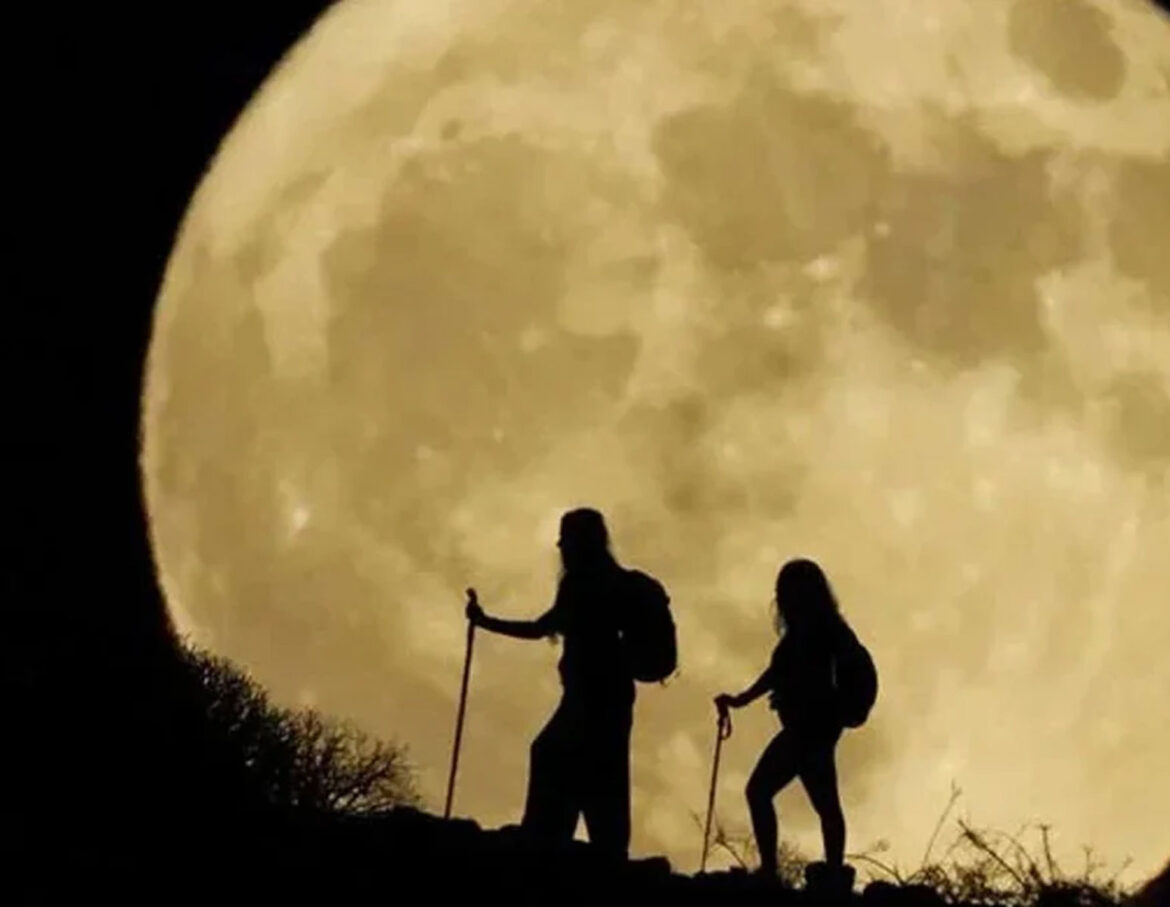Pakistan marked the longest night of the year on December 21 as the winter solstice, a significant astronomical event in the Northern Hemisphere, unfolded.
According to the Space and Upper Atmosphere Research Commission (SUPARCO), the winter solstice occurs annually when the Earth’s axial tilt positions the Northern Hemisphere at its maximum distance from the sun. This alignment results in the shortest day and the longest night of the year.
Typically observed on December 21 or 22, the winter solstice signifies a turning point in Earth’s orbit. From this day onward, daylight hours gradually increase in the Northern Hemisphere.
This celestial event carries cultural and spiritual significance worldwide. Many traditions regard it as a time for reflection, renewal, and the symbolic return of light. Celebrations often honor the transition from darkness to light, heralding the slow but steady journey toward spring.
As daylight hours begin to lengthen, the winter solstice serves as a reminder of nature’s cyclical rhythm and the promise of brighter days ahead.



